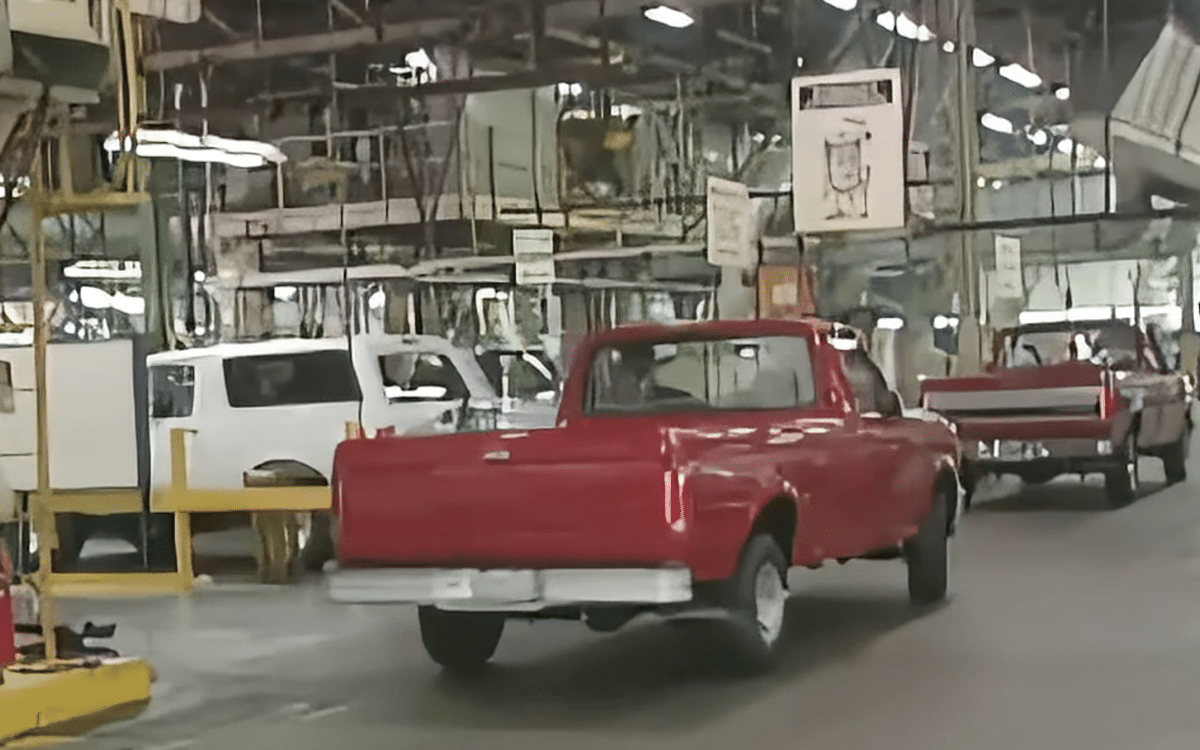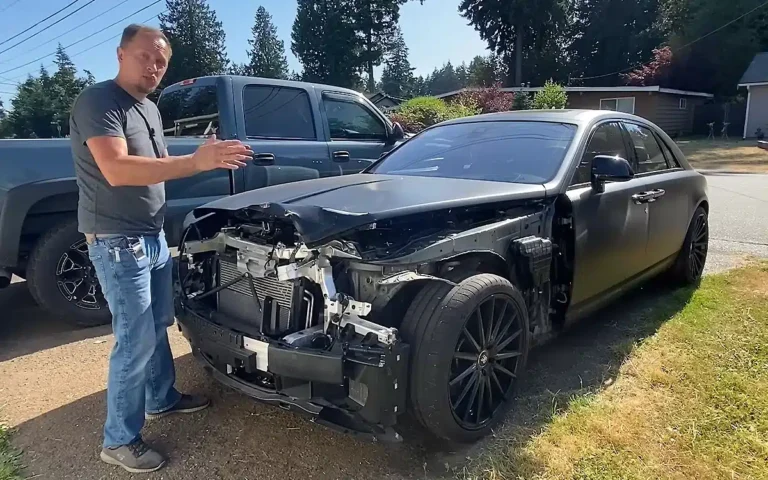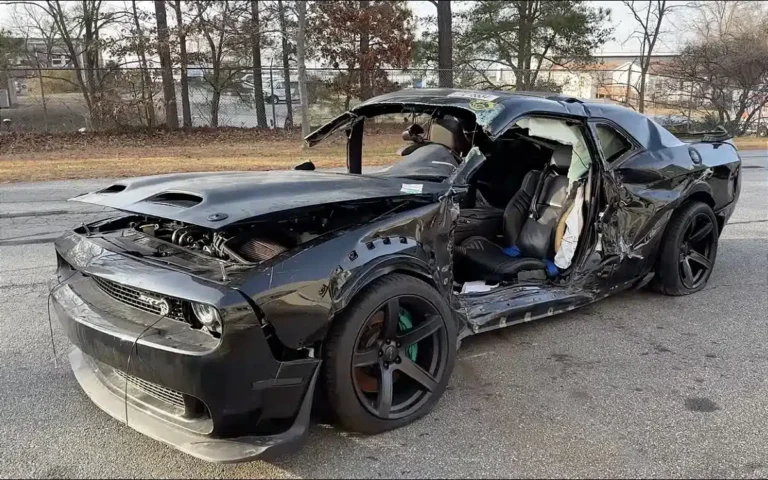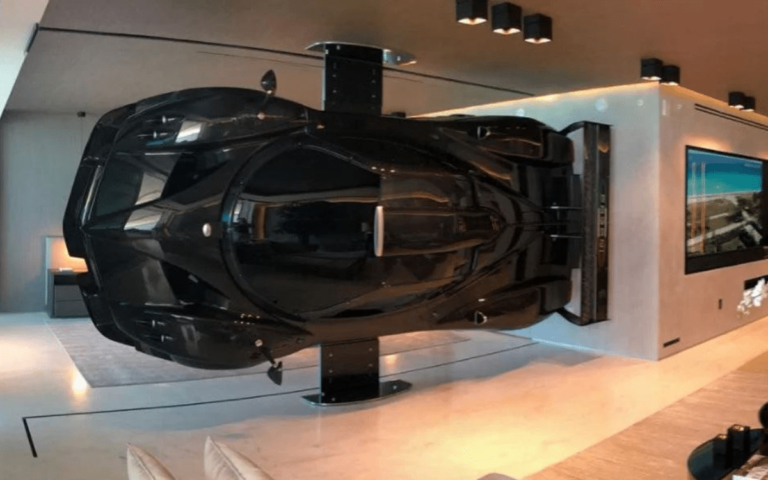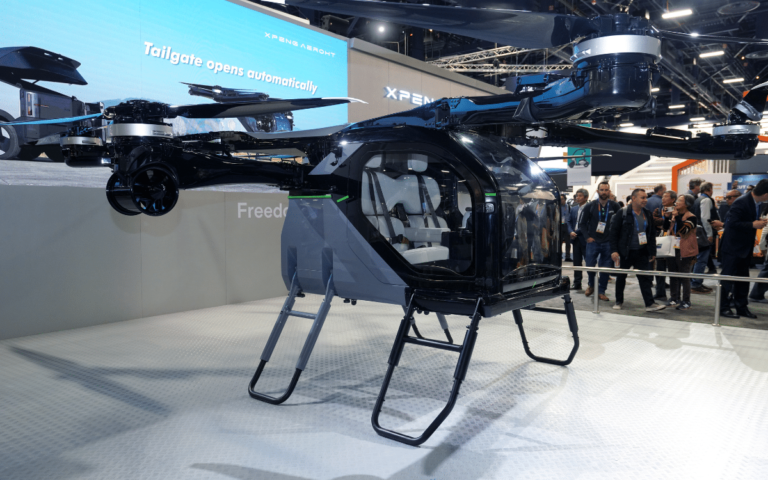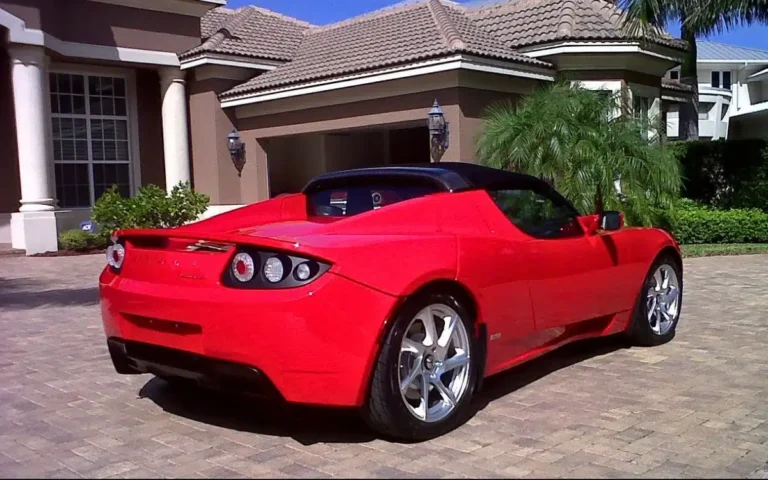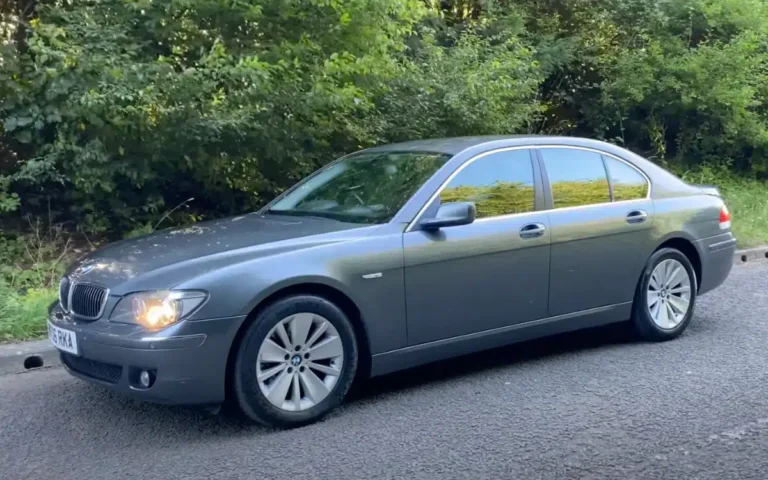Old clip of Ford plant shows how far the industry has come
Cool retro footage filmed at a Ford factory in Michigan back in the 1990s shows just how much car production has moved on in recent years.
The Michigan Assembly Plant, formerly known as the Michigan Truck Plant, was built back in 1957.
The plant has been used to build a whole host of Ford vehicles over the years, including the Focus, the Escort, and the C-Max.
Today it produces the Ranger and Bronco models.
DISCOVER SBX CARS: The global premium car auction platform powered by Supercar Blondie
The car industry has changed a lot since the 1990s
Casting your mind back to the 1990s, it’s difficult to wrap your head around just how many advances and improvements have been made to cars since – from ground-breaking EVs that can travel 916.74km (569.64 miles) on a single charge to a car so fast it can hit supersonic speeds.
And it’s not just the cars themselves that have undergone improvements and upgrades, how carmakers are actually producing their vehicles has also completely changed since the 1990s.

Footage filmed at the Michigan Assembly Plant in the ’90s was recently shared on the USA Production Lines YouTube channel showcasing how car production worked back in the day.
And it’s a big change up from today.
Footage from inside the Ford plant reveals how it used to be done
In the clip employees at the plant can be seen kitted out in protective gear, including gloves and goggles, where they get to work on the cars.
The large task of painting the vehicle was still carried out by robots, but plenty of the smaller jobs, such as fitting headlights, wing mirrors, windshields and dashboards were done by humans.
Similarly, the important job of fitting the engine, gearbox, and driveshafts was also left to human workers, with the help of cranes to lift some of the heavier bits.
The older factory footage was contrasted with how things are done today and it’s a very different story – although some tasks were still done by hand, the vast majority of the vehicles are built in an entirely automated process.
Of course, Ford aren’t the only carmaker taking advantage of the progress we’ve seen within the robotics industry.
Tesla, for example, has deployed a number of its bipedal autonomous AI bots at its plants.
In April, Musk told investors that the Optimus bot would be able to perform factory roles by the end of this year and could go on sale as early as 2025.
It’ll be interesting to see what car production looks like in the next 10 or 20 years, won’t it?
